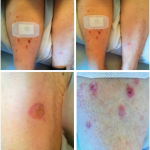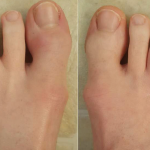I glanced up from Amanda Wolf’s chart as the emergency department nurse, followed by the lab technician (tech), followed by the electrocardiogram (ECG) tech flowed into cubicle No. 5. John Benner, MD, pulled up a chair to review the case with me at the nursing station. “Here’s what we’ve got. Thirteen-year-old girl with a one-week…





